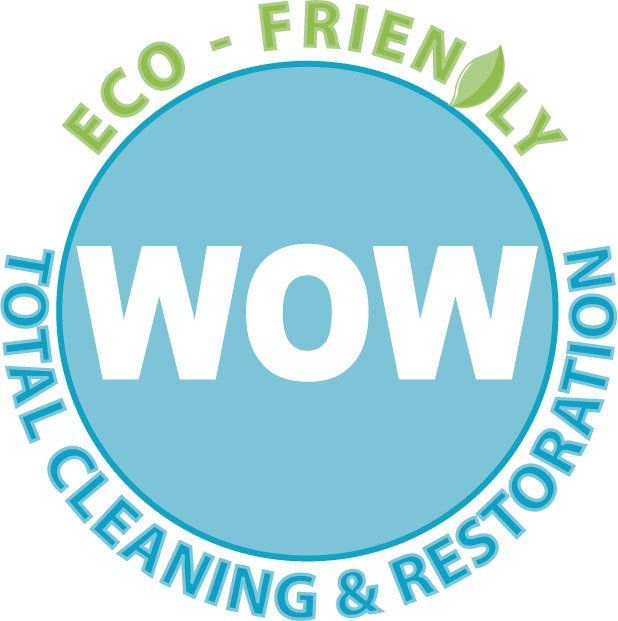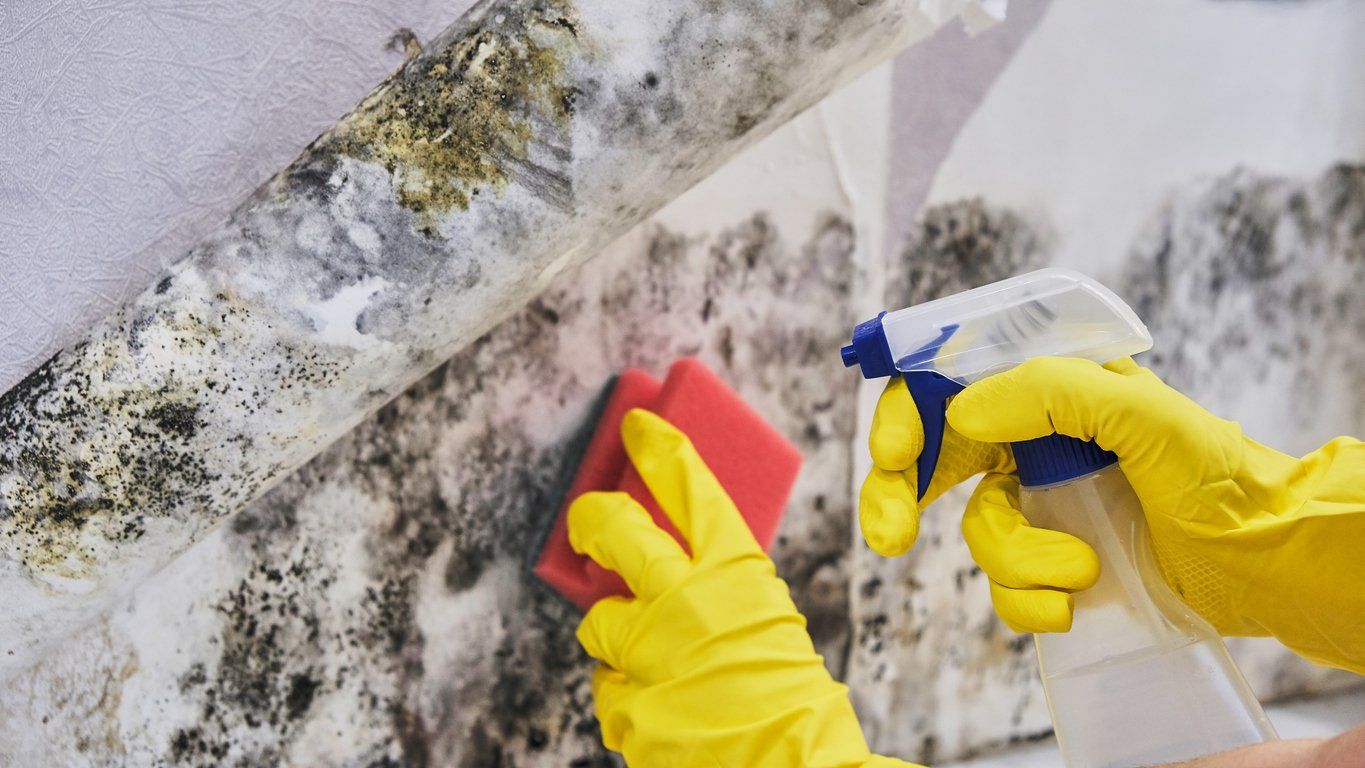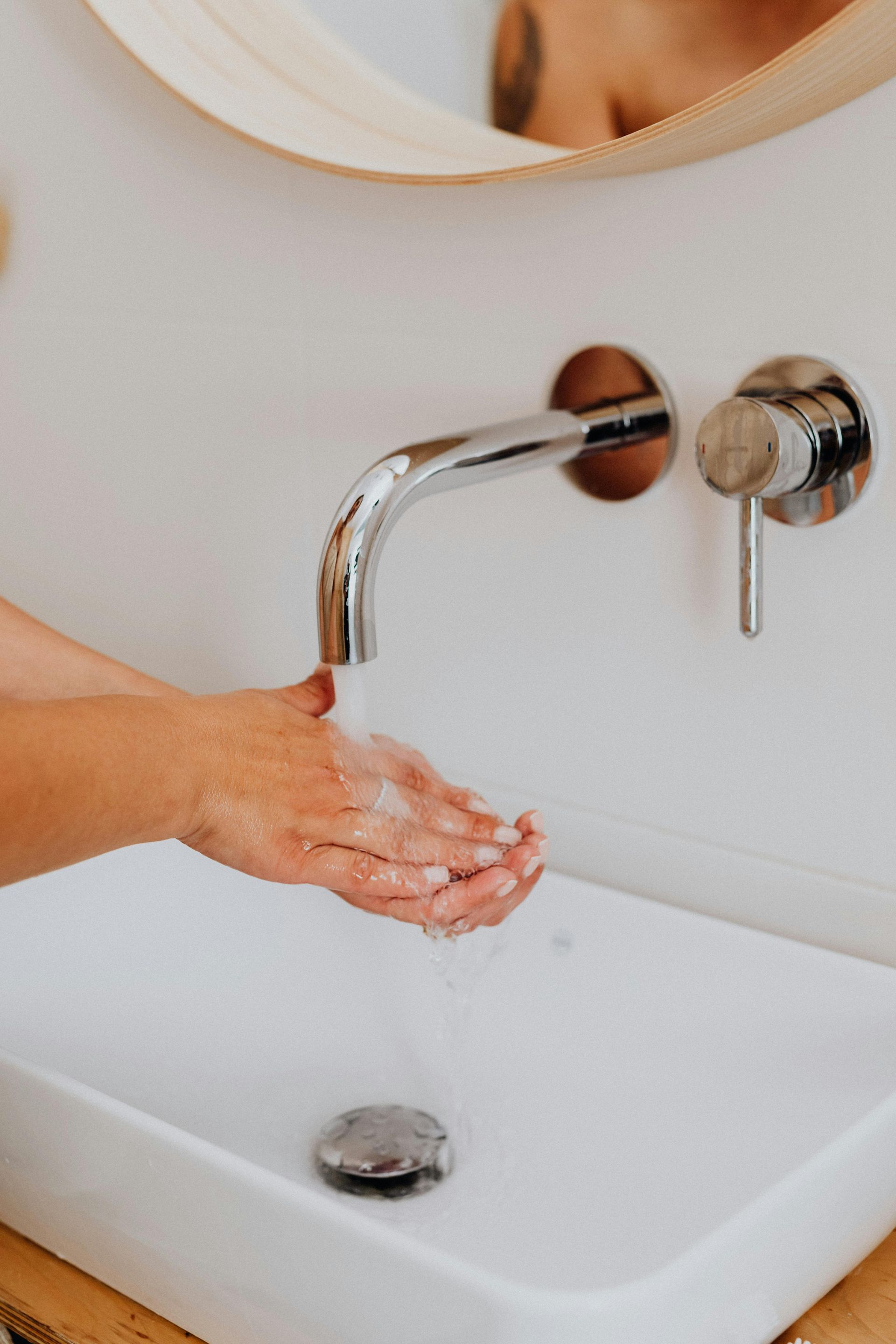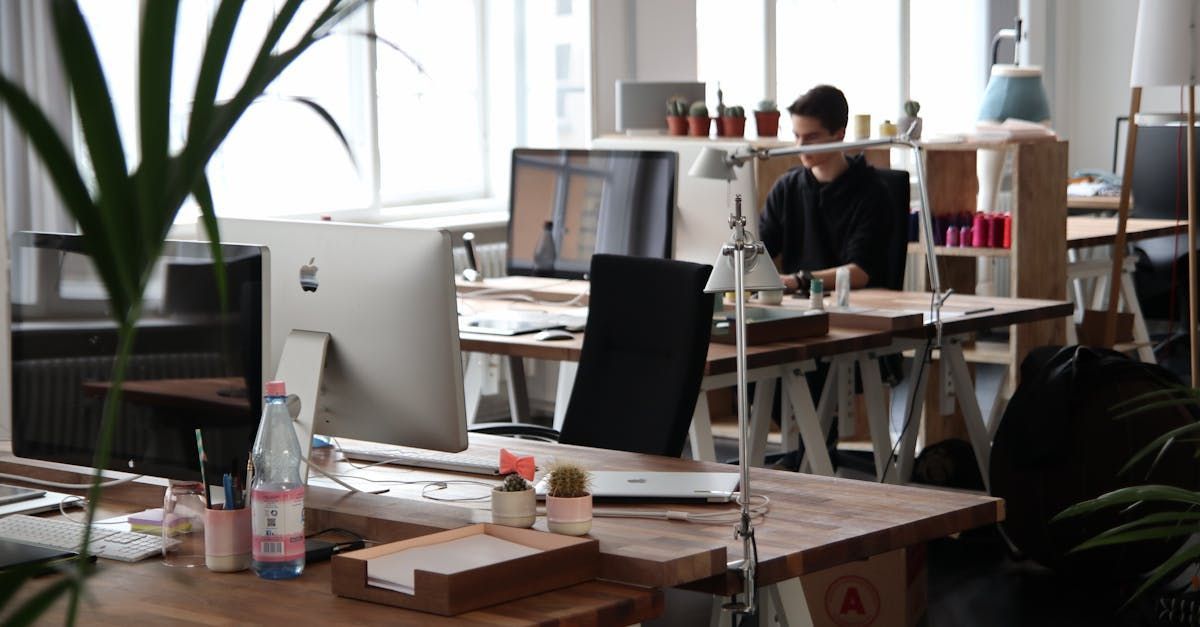Mold vs. Mildew: What’s the Difference?
Mold and mildew are common types of fungi that often grow in damp, warm environments, particularly in homes and buildings. While they may seem similar at first glance, mold and mildew have distinct characteristics that affect how they grow, their appearance, and the health risks they pose. Knowing the differences between mold and mildew can help you prevent and treat these growths in your home effectively, creating a healthier living environment.
Understanding Mold and Mildew
Mold and mildew belong to the fungus kingdom but vary in their growth patterns, textures, and impacts. Let’s dive into what each one is and the effects they can have in your home.
What is Mold?
Mold is a type of fungus that grows in multicellular filaments called hyphae, forming a fuzzy or slimy layer on surfaces. Mold can thrive in various colors, including black, green, blue, or even pink, depending on the type and surface it grows on. It usually appears thicker than mildew and often forms on walls, ceilings, and other surfaces with consistent moisture, such as under sinks or around leaky windows.
Mold is more aggressive than mildew and can cause structural damage to homes and buildings if left unchecked. It can also produce allergens and irritants, which may cause respiratory issues for those exposed. Black mold, in particular, is known for its harmful mycotoxins, which can be a severe health concern, especially in enclosed spaces.
What is Mildew?
Mildew is also a fungus but differs from mold in its appearance and effects. It typically has a powdery or fluffy texture and is commonly white, gray, or light yellow. Mildew tends to grow flat, covering surfaces in a thin layer rather than the thicker growth typical of mold. It often grows in areas with high humidity and is particularly common in bathrooms, basements, and other damp spaces.
While mildew is less likely to cause structural damage, it can still create unpleasant odors and discolorations on surfaces. The health effects of mildew exposure are generally milder than those from mold, though people with allergies or respiratory issues may still experience irritation. Identifying and removing mildew promptly can help maintain a healthier environment and avoid further fungal growth.
Key Differences Between Mold and Mildew
Though both mold and mildew are fungi that grow in moist environments, several key differences set them apart. Recognizing these differences can be essential for managing their removal and minimizing their impact on health and surroundings.
Appearance and Texture
One of the easiest ways to tell mold and mildew apart is by examining their appearance. Mold generally appears darker, thicker, and more irregular in shape, with a fuzzy or slimy surface. In contrast, mildew tends to grow in a lighter color, often white, yellow, or gray, and has a powdery or flat texture. Mold is also more likely to penetrate the surface it grows on, making it harder to clean and requiring more intensive treatment to fully remove.
Another key difference is the smell. Mold has a musty, earthy odor, while mildew may smell more stale or slightly sour. The appearance and smell of these fungi can give you a clear idea of what you’re dealing with and how to proceed with treatment and prevention.
Health Risks and Effects
While both mold and mildew can affect indoor air quality, mold is generally more harmful to health. Mold exposure can lead to symptoms like sneezing, coughing, skin irritation, and, in severe cases, respiratory issues or chronic illnesses, particularly in people with asthma or weakened immune systems. Black mold, also known as Stachybotrys, is especially toxic and can cause more severe symptoms due to the mycotoxins it produces.
Mildew, on the other hand, usually causes milder symptoms such as nasal irritation, headaches, or minor allergies. However, prolonged exposure to mildew can still be uncomfortable and may exacerbate allergies or asthma. While mildew might not be as harmful as mold, taking preventive measures against both is essential to keep your home safe and healthy.
Prevention and Removal of Mold and Mildew
Preventing mold and mildew is usually the best approach, but knowing safe and effective removal techniques is essential when these fungi do appear.
Tips for Preventing Mold and Mildew Growth
Keeping moisture levels in check is one of the most effective ways to prevent mold and mildew. Regularly ventilate areas prone to dampness, like bathrooms, basements, and kitchens, and consider using dehumidifiers in spaces with high humidity. Fix any leaks promptly, as even small water accumulations can lead to fungal growth. It’s also helpful to clean and dry areas that come into contact with water, such as sinks and countertops, to minimize mold and mildew buildup.
Another preventative measure is to control the temperature in your home. Mold and mildew thrive in warm, humid conditions, so keeping your home cool and dry can help discourage their growth. Additionally, regular cleaning, especially in areas where moisture tends to accumulate, can make a significant difference in preventing these fungi.
Safe Removal Techniques for Mold and Mildew
When removing mold and mildew, it’s important to wear protective gear, such as gloves and masks, to avoid inhaling spores or coming into direct contact with the fungi. For mildew, a solution of water and vinegar or baking soda can effectively clean affected surfaces. Mold, however, may require stronger cleaners, such as bleach, especially if it has penetrated deeply into porous surfaces.
For extensive mold growth, particularly black mold, it’s often best to seek professional help, as DIY methods may not effectively remove all spores and can even release them into the air. Mold remediation specialists have the tools and expertise to safely and thoroughly remove mold, preventing future issues.
Removal of Mold or Mildew in Austin, Texas
Removing mildew is much easier than removing mold. While mildew can be removed with a brush, mold is different—it spreads through the air, making removal difficult. If you suspect mold growing in your home, it’s best to call a professional to ensure that the mold will not reproduce and spread. Professionals like WOW Total Cleaning & Restoration have decades of experience in water damage restoration and mold removal. WOW Total Cleaning & Restoration has led the Austin area in expertise, customer service, and professionalism. Contact us today for more information about our services.







